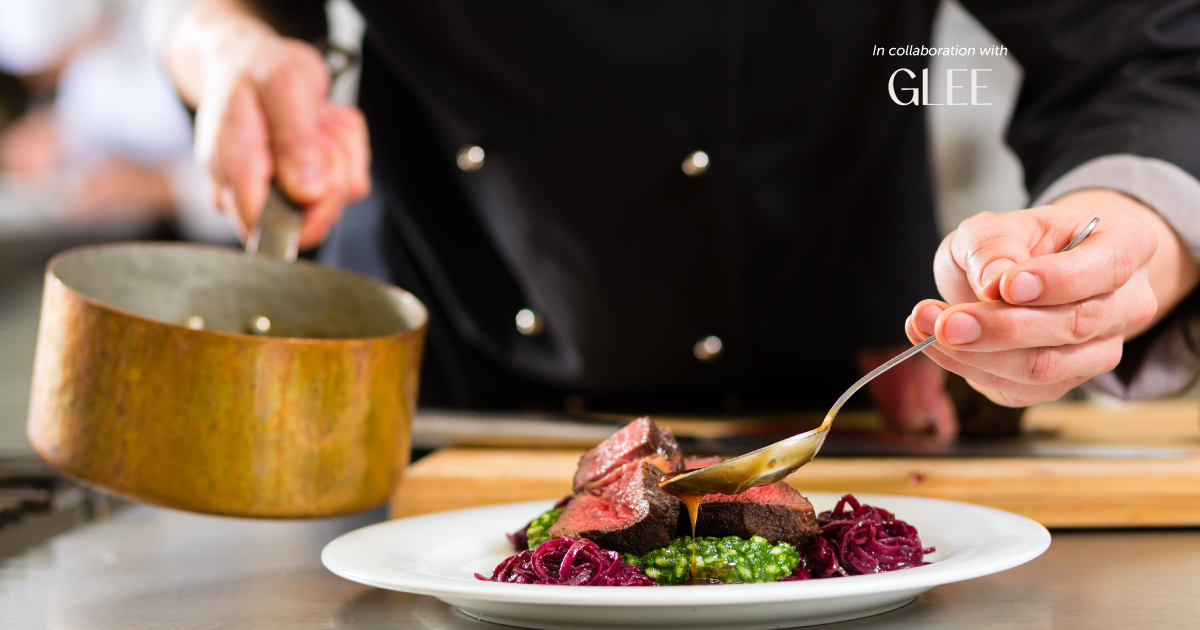

Is your menu performing to its full potential?
In the competitive hospitality industry, your menu is a critical asset that directly impacts profitability. Yet, many restaurants fail to leverage this tool effectively, missing opportunities to guide guests toward higher-margin items. Is your menu meeting your expectations or is it underperforming? By using effective menu engineering, you can ensure your menu is a powerful driver of profitability.
Identifying easy menu profit opportunities
The first step in menu engineering is to assess which items are driving profits and which are not. One of the best ways to do this is by categorizing your items into four groups: stars; plow horses; puzzles; and dogs. This classification helps to prioritize actions for each type.
• Stars are your best performers: high-sales, high-margin items. These should be highlighted prominently on the menu. For example, if you offer a pizza with premium toppings that drives strong sales and profit, ensure it’s easy for guests to find and is supported by a compelling description.
• Plow horses are items with high sales but lower margins. To improve their profitability, consider upselling with premium side dishes, drinks or suggesting ingredient upgrades. You can also look at portion size adjustments to enhance profit without sacrificing guest satisfaction.
• Puzzles are profitable items that are underperforming in sales. These menu items have the potential to generate more revenue with better visibility or a stronger description. If you have a signature burger made from premium ingredients that isn’t getting attention, consider giving it a more prominent placement or highlighting it with a special offer to drive interest.
• Dogs are low-sales, low-margin items. These are the dishes that are costing you money and not bringing a strong return. Reworking these items to boost appeal, adjusting their pricing or removing them altogether can help streamline your menu and focus on more profitable offerings.
By organizing your menu into these categories, you can quickly identify opportunities to optimize pricing, reposition popular items and remove underperforming ones, thus improving overall profitability.
Streamlining operations and enhancing the guest experience Menu engineering doesn’t just increase profits; it also improves operational efficiency and the guest experience. A clear, well-organized menu reduces confusion for both guests and staff, ultimately speeding up service and enhancing customer satisfaction.
A streamlined menu is easy to navigate, helping both customers and servers find what they need without delay. Grouping similar items together or offering logical menu sections can make decision-making easier for guests, leading to faster ordering times and higher table turnover.
Moreover, simplifying the menu reduces the training time needed for new staff. With fewer items to memorize and prepare, service becomes more efficient, which benefits both staff and guests. Shorter prep times and quicker service can significantly enhance the overall guest experience, leading to increased satisfaction and repeat visits.
Creating a strategic menu framework
An effective menu strategy goes beyond just listing dishes. It requires a thoughtful approach to match customer preferences with your operational goals. Begin by analyzing customer ordering patterns, identifying popular items and noting trends in the broader industry. This data will help you understand what guests want and allow you to position your menu items more strategically.
A balanced menu that incorporates diverse tastes and dietary preferences is essential for attracting a wide range of guests. Offering a variety of price points is also important, ensuring that both value-oriented and high-end customers can find options that fit their budgets. At the same time, keep an eye on profitability by focusing on items that deliver strong margins.
Menu development should be a dynamic process. Trends evolve, guest preferences change and your competitors’ offerings shift. Regularly updating your menu to reflect these changes will keep your restaurant relevant and competitive. Incorporate feedback from staff and guests to refine your offerings and ensure your menu remains aligned with market demands.
All-round menu benefits
A strategic menu is the key to profitability and menu engineering is a crucial part of running a profitable restaurant. By identifying and maximizing profit opportunities, streamlining operations and continuously developing your menu strategy, you can optimize both your revenue and guest satisfaction. A well-engineered menu is not only a tool for profitability but a key factor in delivering an exceptional dining experience.

Diogo Ildefonso,
General manager of Glee Hospitality Solutions,
gleehospitality.com
@gleehospitality











